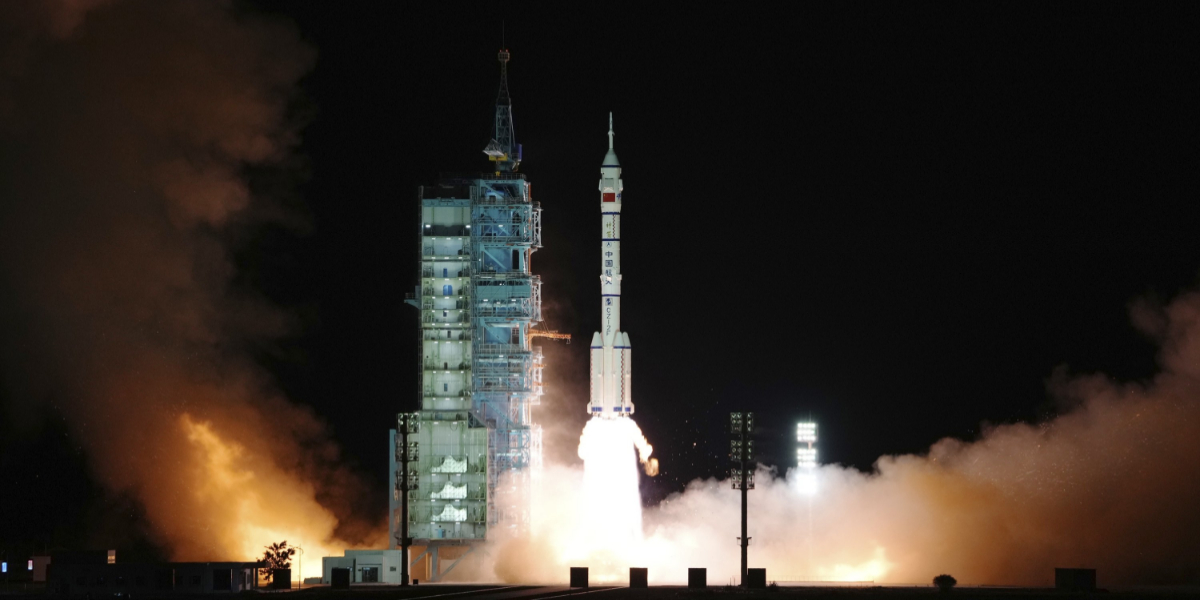According to an Australian astrophysics professor, the Shenzhou-13 mission was a success.
It’s “essential to go on with long-term space station and full operation,” according to Dr. Brad Tucker of the Australian National University (ANU).
On Saturday, three Chinese astronauts safely returned to Earth. As Tucker pointed out, the Shenzhou-13 mission had the major duty of preparing the Tianhe module and the Tiangong Space Station, which included spacewalks and even video classes for students back on Earth.
On Oct. 16, 2021, the crew of the Shenzhou-13 spacecraft arrived at Tianhe. According to the China Manned Space Agency, their 183-day stay at the International Space Station was the longest by a Chinese crew on a single mission (CMSA).
Two extra-vehicular events, two live scientific lectures, and a slew of sci-tech experiments and application projects have all been performed in the last few months. At rendezvous and docking, they employed first-ever manual teleoperation technology to operate both the cargo ship and space station.
As Tucker put it, “Everything was wonderful that it went rather well and was a resounding success.”
When it comes to ISS missions, six months is the new standard. “This mission is on par with both the Russians and the Americans,” he said.
The completion of Tiangong’s complete functionality will be important, according to him, during the course of the next several missions. This will enable for a long period of time of research and experimentation. ”
As the International Space Station begins to show its age, it is critical that Tiangong continues to operate and do scientific research into the future.
When asked about China’s future in space, he said that he hoped they would reach the Moon.
Because of the success of this mission, Earth’s long-term aspirations for the Moon and beyond are now more realistic and thrilling than ever, Tucker said.
[embedpost slug=”/russia-ukraine-war-update/”]

















